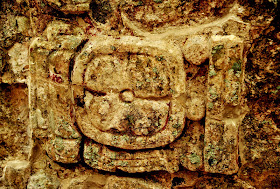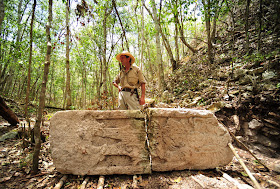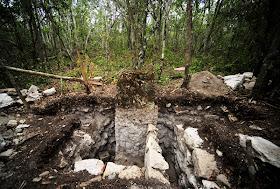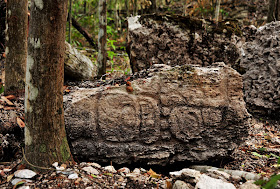 |
| Detail of Stele 1 [Credit: INAH] |
 |
| Stele 18 [Credit: INAH] |
 |
| Detail of Stele 18 [Credit: INAH] |
 |
| Stele 14 [Credit: INAH] |
 |
| Stele 2 [Credit: INAH] |
 |
| Detail of Stele 1 [Credit: INAH] |
 |
| Stele 18 [Credit: INAH] |
 |
| Detail of Stele 18 [Credit: INAH] |
 |
| Stele 14 [Credit: INAH] |
 |
| Stele 2 [Credit: INAH] |
No comments:
Post a Comment